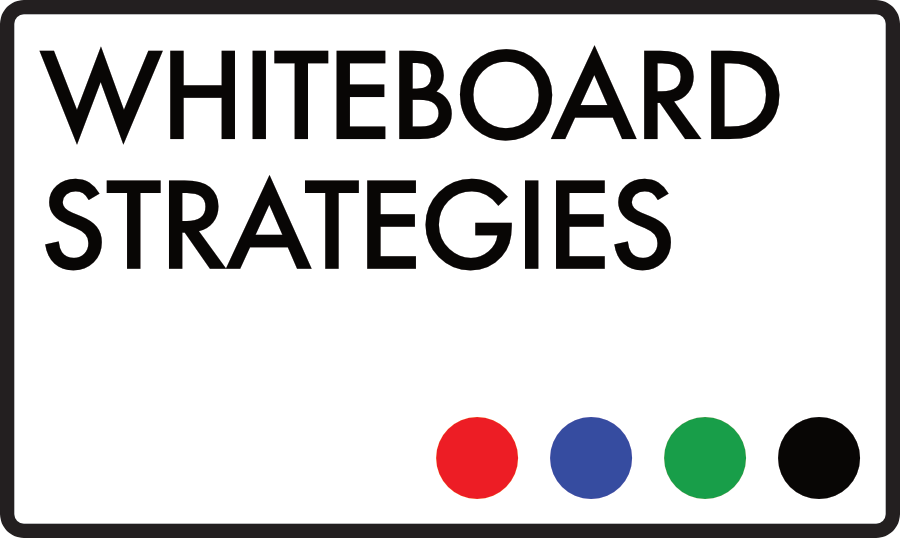I read an article on LinkedIn this week that I just can’t shake. Not because it was so enlightening, revolutionary, or boundary-pushing, but because it was stupid and it annoyed me.
The piece was an interview between two guys who should know better—old guard sales types, 70+ combined years in the industry, a heap of books published between them. On paper it was right up my street: a conversation around the changing face of B2B sales, shifting marketplaces, and the demands that a recovering but still limping global economy was placing on front-line sales teams.
Sounds good right?
… but it wasn’t. You know how I feel about LinkedIn articles on the whole, but every now and then I let my guard down. I get so sick of the LinkedIn set’s beige, opinion-less outpourings that I get desperate to read something more interesting. I grasp at straws.
Finding this article in amongst the rubbish felt like panning for gold… and then quickly realising that I’d come up with a pan full of mud again.
To give you an idea of the sort of ideas that came out of this meeting of two experienced, insightful and battle-hardened minds, they ended up concluding that sales and marketing need to be better aligned to improve the buyer’s journey, and that sales needs to get more efficient in order to routinely hit quota.
Inspiring stuff.
What was really frustrating was that some of the finer detail that they skimmed over would have made for really, really interesting discussion. Shaky economic conditions are creating completely risk-averse buying teams under pressure from above. That in turn is making the average deal size smaller, so sales leaders need to drive their teams harder to hit their number. That’s an interesting state of play, and begs for discussion around leader-team dynamics, how and where numbers are set, innovative sales approaches and the relative value of tried and tested enablement tools.
A deeper dive into the need for flexible, rapidly scalable buying strategies and tools in marketplaces where methods of procurement research and vendor engagement are constantly evolving would have been useful. A look at the implications of the increasing use of committee to make even simple buying decisions would have been valuable.
Instead we got a 2D discussion claiming that, up until now, salespeople have only been armed with tools and pitches designed to persuade. The argument was that sales leadership and enablement materials need to move salespeople from a position where they try to persuade the prospect to one where they try to communicate value to the prospect…
Correct me if you think I’m wrong here, but surely every sales and enablement leader worth their pay cheque starts from a place where they are expecting their people to persuade the prospect precisely by communicating the value of their offering? The two shouldn’t be mutually exclusive. They can’t be, really—unless the salespeople in questions have been trying to sell purely on discounted rates or something.
I could have saved them a lengthy article and recorded video chat with five words: ‘Value properly communicated is persuasion.’
Follow Whiteboard Strategies or connect with Mark on LinkedIn, or sign up to The Edwards Update now for monthly insight, delivered straight to your inbox.
– Tom @WSL

Recent Comments